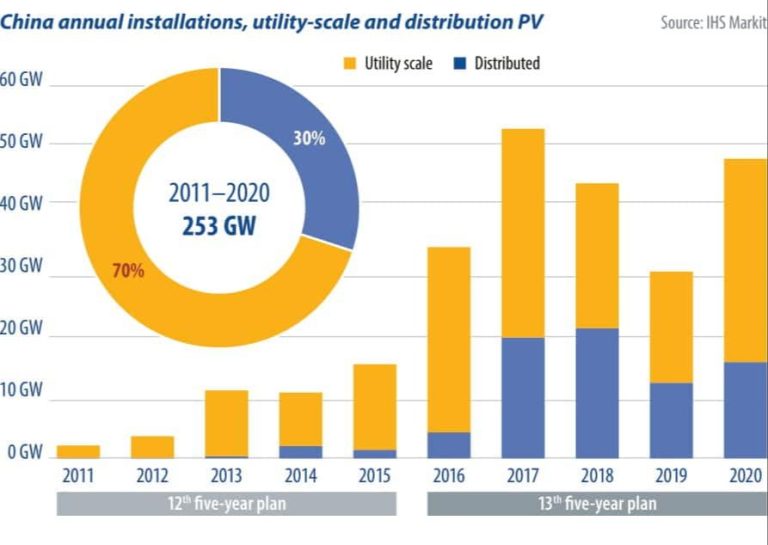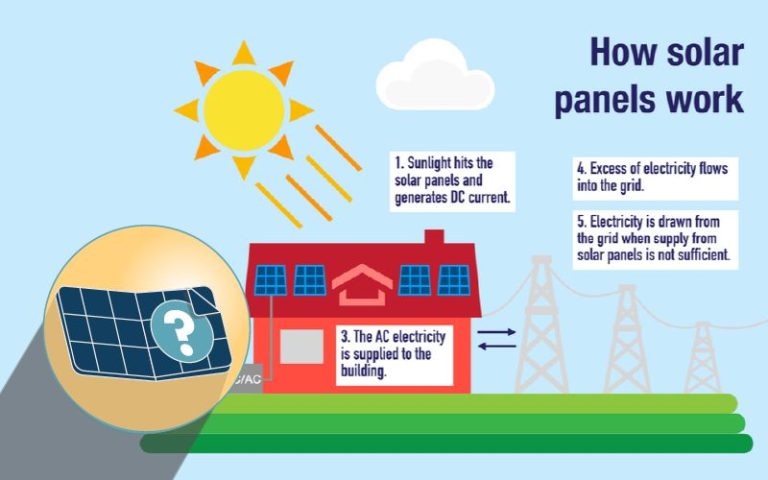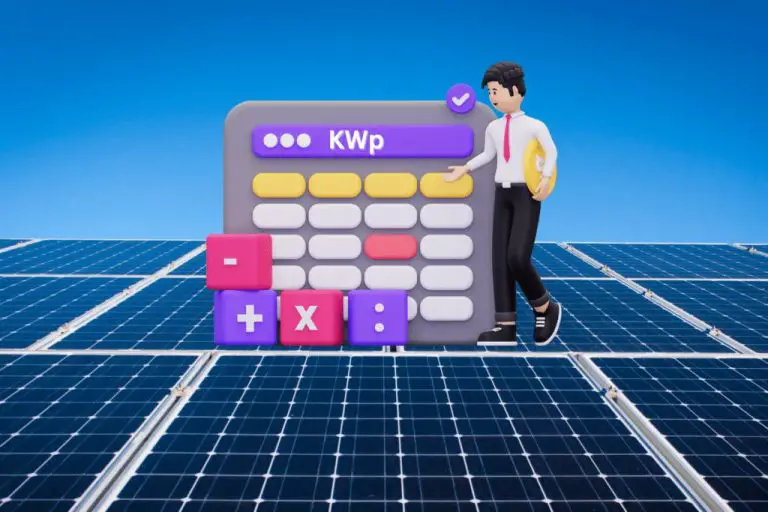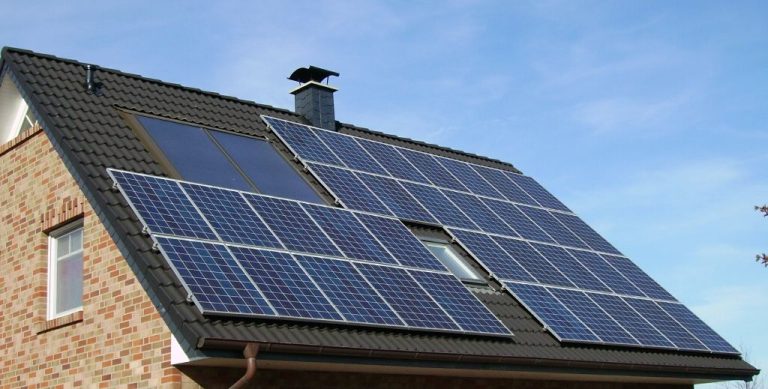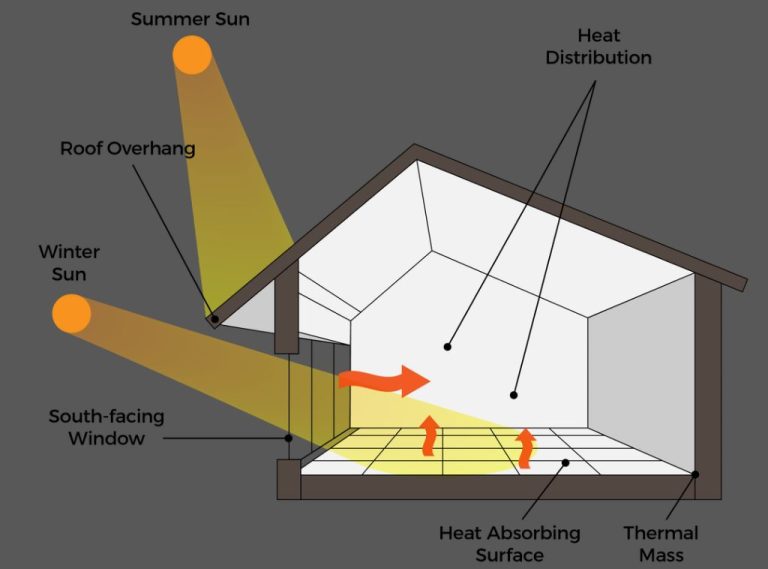Do Solar Panels Work Without An Inverter?
Solar panels generate direct current (DC) electricity when sunlight strikes their photovoltaic cells. Inverters are necessary components of most solar power systems because they convert the DC power from the solar panels into alternating current (AC) power, which is the type of electricity used in homes and supplied by utilities.
The main question explored in this article is whether solar panels can operate and produce useable electricity without being connected to an inverter. We’ll look at how inverters work, the limitations of solar systems without inverters, off-grid solar setups that don’t use inverters, and the future possibilities for inverter-less solar power systems.
How Solar Panels Work
Solar panels generate electricity directly from sunlight using photovoltaic (PV) panels or modules. These panels contain semiconductor materials like silicon that exhibit the photovoltaic effect. This means that when sunlight hits the solar panel, the photons from the light excite electrons in the semiconductor materials, creating electricity. Specifically, the sunlight knocks electrons loose from their atoms, allowing the electrons to flow through the material and produce an electric current. The photovoltaic effect enables the conversion of light into electricity without any moving parts.
Solar panels are made up of multiple solar cells containing the photovoltaic materials. Each cell consists of two layers of semiconductor material. One layer has a positive charge, the other a negative charge. When light hits the solar cell, the electric field across the layers causes the electrons to flow, generating DC current. The more light that hits the solar panel, the more electricity that is produced. Solar cells are connected together in solar panels or modules to produce higher voltages, currents, and power levels.
Solar inverters then convert the DC power from the solar panels into AC power that can be used to run appliances and fed into the electricity grid. The photovoltaic effect allows solar panels to effectively convert sunlight into clean, renewable electricity without environmental impacts.
Purpose of Inverters
Inverters serve a crucial role in solar power systems by converting the DC electricity produced by solar panels into AC electricity that is compatible with the electrical grid and most household appliances. Solar panels produce DC power, but the electrical grid operates on AC power. Without an inverter, the DC electricity from solar panels cannot power most standard electrical equipment which uses AC (Powersystemsinternational.com, 2022).
Inverters contain electronic circuits and transformers that first convert the DC input into high-voltage AC and then convert it back down to usable low-voltage AC power. There are two main stages in this conversion process: the DC-to-AC inversion stage using switching transistors or thyristors, and the voltage step-down stage using transformers (Explainthatstuff.com, 2022). This allows solar systems to integrate seamlessly with the grid.
Can Solar Panels Work Without an Inverter?
Solar panels can generate electricity without an inverter, but the power cannot be used directly by most appliances. This is because solar panels produce DC (direct current) electricity, whereas most appliances run on AC (alternating current) power. An inverter is needed to convert the DC output of solar panels into usable AC power (Energy.gov, 2022).
Without an inverter, the DC electricity produced by solar panels has limited uses. It can be stored in batteries and used to power DC devices like lights, phone chargers, and motors. But any device that plugs into a regular wall outlet requires AC power. So without an inverter, solar panels cannot power most household electronics, AC appliances, and the grid (Santansolar.com, 2022).
While inverters are an essential component for grid-tied solar systems, it is possible to have an off-grid solar setup without an inverter. This requires using DC appliances or storing the energy in batteries to use later. However, there are significant limitations in terms of what can be powered directly. Most homes and appliances need an inverter to use solar electricity from panels (CNet, 2022).
Off-Grid Solar Options
For solar panels to work without a central inverter, there are a few off-grid options to consider:
Battery Storage
One common off-grid solar setup is to use batteries to store excess solar energy during the day. Deep cycle lead acid batteries are often used, but lithium-ion batteries are becoming more popular due to their higher efficiency and longer lifespan. The solar panels charge a bank of batteries during the day, and this stored energy can be used at night to power lights, appliances, and other needs.
DC Appliances
Since solar panels produce DC electricity, one can use DC appliances to avoid the need for an inverter altogether. Some common DC appliances include LED lights, phone chargers, and small fans. By only using appliances and devices that run on DC, the solar electricity can be used directly without any conversion.
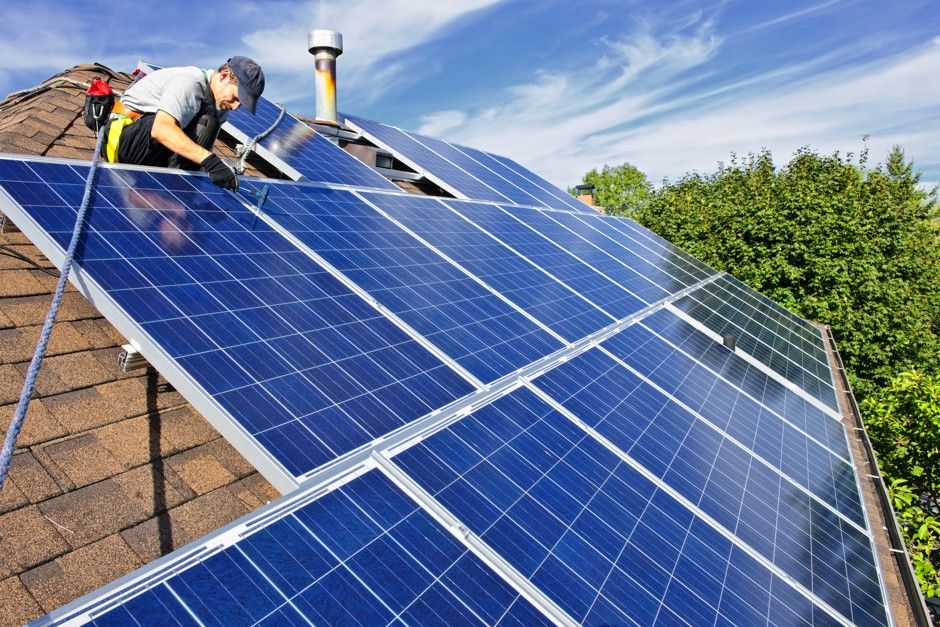
Micro-Inverters
Rather than one central inverter for the whole solar array, micro-inverters can be installed for each individual panel. The micro-inverters then convert the DC output into AC electricity at the panel level. This allows an off-grid setup without a large central inverter.
By combining options like battery banks, DC appliances, and micro-inverters, it’s possible to have a fully off-grid solar system without a main inverter device. The system needs to be carefully designed for the intended electrical loads and usage patterns.
Limitations of Inverter-less Systems
While it is possible to have a solar system without an inverter, there are some key limitations to be aware of. The main drawback is the inability to connect an inverter-less solar system to the electrical grid. Without an inverter to convert the solar DC power into grid-compatible AC power, any excess solar energy cannot be exported back to the grid through net metering programs. This means the system cannot receive bill credits for overproduction.
An inverter is also needed to power standard AC appliances. Without an inverter, an off-grid solar system is limited to running DC appliances, like lights, fans, phone chargers, and some refrigerators. High-draw appliances like air conditioners, microwaves, and washing machines typically require AC power that only an inverter can provide. This greatly restricts what can be powered directly by the solar panels.
Storing excess solar energy is also very challenging without batteries in an off-grid system. Since there is no grid to absorb extra production, any unused solar power at the time of generation will simply be lost. Batteries allow for storing the energy for later use. But without an inverter, typical AC-coupled batteries cannot be used, requiring instead more specialized DC-coupled battery banks.
Example Off-Grid Setups
It is possible to set up an off-grid solar system without a central inverter, but it requires careful planning and component selection. Here are a couple examples of inverter-less off-grid solar setups:
A simple DC-only system could consist of a solar panel connected directly to a battery bank, with DC loads like lights and phone chargers connected to the batteries. The solar panel charges the batteries during the day, which then power the DC loads at night. This is a very basic but functional inverter-less setup suitable for remote cabins or sheds. See this DIY off-grid solar guide for more on wiring a DC-only system.
For powering AC loads off-grid without an inverter, individual DC-AC inverters can be used at each load instead of one central inverter. For example, connecting a small 150W inverter directly to a solar panel and battery to power a laptop. Or using a larger 3000W inverter paired with a battery bank to power essential AC appliances. With careful load calculations, multiple micro-inverters can power an entire off-grid home. See this off-grid system guide for more on inverter-less designs.
Grid-Tie vs Off-Grid
When deciding between a grid-tied and off-grid solar system, there are some key differences to consider:
Grid-tied solar systems are connected to the existing electrical grid. They use an inverter to convert the DC electricity from solar panels into AC electricity that can power your home’s appliances and devices. Any excess solar energy not used is sent back to the grid. This allows you to get credit or payment for that surplus energy through net metering programs. The main advantage of grid-tied systems is that you can draw power from the grid when your solar panels aren’t producing enough, like at night. This provides reliability and avoids the need for battery storage. However, grid-tied systems won’t work at all during power outages unless you have battery backups installed (Source).
Off-grid solar systems operate independently from the utility grid. They use solar charge controllers instead of inverters to regulate power flow. Batteries are required to store excess electricity for use when solar panels aren’t generating. The main advantage of off-grid systems is independence and functionality during grid failures. But they require more equipment and maintenance. Without the grid as a backup, you need to carefully size your system to meet your energy demands (Source).
In summary, grid-tied systems are simpler and can rely on the grid, but need inverters. Off-grid systems are independent but require solar charge controllers and batteries instead of just an inverter.
Future Possibilities
There is ongoing research into new applications that could enable inverter-less solar systems to be more practical and efficient. One area of focus is on DC appliances that can run directly on DC power from solar panels without needing AC inversion. This could allow small off-grid solar systems to effectively power lights, appliances, and devices without an inverter.
Additionally, bidirectional inverters are being developed that can not only convert DC to AC power, but also convert excess AC power back to DC for battery charging and storage. This technology could provide more flexibility for grid-tied systems to store excess solar energy locally.
There is also research into integrated PV modules that have microinverters built directly into the panel itself. This could reduce overall system costs and complexities for the future.
While inverters are currently an essential component of most solar PV systems, ongoing innovations like these may enable more widespread inverter-less applications in the future.
Conclusion
In summary, inverters play a crucial role in turning DC electricity from solar panels into usable AC electricity for most homes and businesses connected to the grid. While inverters are required for grid-tied solar systems, there are some off-grid options that allow solar panels to be used without an inverter. These off-grid systems have limitations in terms of power output and devices that can be run directly on DC electricity. However, with careful planning and component selection, it is possible to install a fully functioning off-grid solar system without an inverter. The choice between grid-tied and off-grid solar depends on individual needs and circumstances. But for grid-tied systems, inverters remain an essential component in harnessing the full potential of solar panels.

